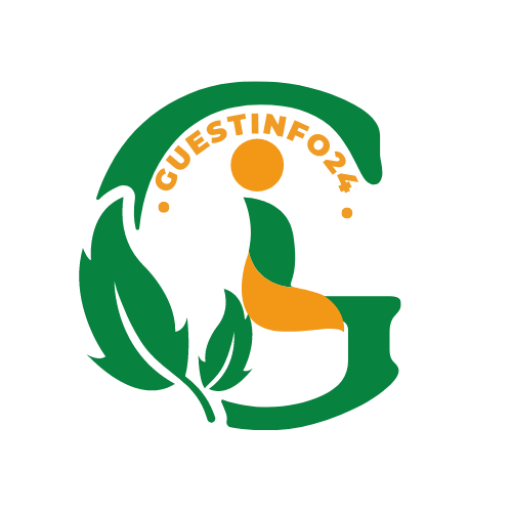There are many varieties of wool from specific animals, every with its personal special domestic that impacts its look and experience.
Visit here clorrrtailorskharadi.com
What Is Wool Material?
Wool materials are organised from the herbal fibres that make up the wool of sheep, goats, rabbits, camels, and numerous animals. This uncooked fabric commonly consists entirely of keratin-primarily based proteins, which makes wool a remarkably elastic cloth. After cotton and artificial fibres, wool is one of the most common textiles in the world. The biggest feature of woollen clothes is they maintain warmth properly. Additional advantages of wool include its energy and its versatility, as it may be woven into both heavy, coarse fabric and lighter, smoother fabrics.
Get more knowledge on different here best blazer tailors for men in viman nagar
The Australian wool industry leads the area in wool manufacturing with 25% consistent with cent of the vicinity’s general wool manufacturing. China and America are in 2d area with 18 percent each, followed by New Zealand with 11 percent.
9 High-Quality Styles Of Wool
The advantages and drawbacks of every kind of wool depend upon the animal it comes from.
Alpaca:
A resilient medium-weight wool material used for multipurpose responsibilities along with surprisingly deserted fits, coats, blankets, outerwear linings and sheets, alpaca wool is a lustrous material that is easy, lightweight, heat and durable. There are breeds of alpaca – huacaya and suri – that produce one sort of wool: huacaya wool is coarser and regularly used for knitting gadgets, even suri is silkier and more generally woven into material. Is used extra. She is going. She goes.
Angora:
Derived from the Angora rabbit (no longer the Angora goat that now produces mohair wool), Angora wool is a gentle and fluffy fibre that retains most warmth and has the excellent moisture-wicking capability of any herbal fibre. Because the fibres of angora are tactile, angora is frequently combined with extraordinary fibres to make them more durable. Due to its treasured characteristics and the difficult technique of cultivation, the rate of angora wool merchandise is commonly very excessive.
Camel Hair:
A high-priced and heat mohair with a natural golden-brown colour, camel hair is normally blended with numerous less-priced styles of wool to make it softer and further less costly. Camel hair coats first became famous amongst polo players in the United States within the Nineteen Twenties. Today, the camel’s tender undercoat is used for coats and miscellaneous clothing, even as its coarse outer hair is used for rugs and materials.
Cashmere:
One of the first-rate priced herbal fibres, cashmere has a high herbal crimp, ensuing in an incredibly smooth and lightweight fabric. Cashmere is incredibly priced because it is so hard to attain (the fibre should be combed from cashmere goats as opposed to sheared), and cashmere goats produce handiest a small amount of cashmere wool yearly. Another disadvantage of cashmere is that it is not always as durable as sheep’s wool.
Lamb’s Wool:
Also referred to as “virgin wool” due to the fact it’s miles taken from the primary shearing of a lamb, numerous months earlier than its nice growing old, sheep’s wool is exceedingly easy, supple, hypoallergenic and wrinkle-free. Is. Since every sheep can best produce lamb’s wool as soon as feasible, it makes sense to buy the rarer and higher priced wool.
Melton:
One of the hardest and warmest wools, melton has coarse wool fibres and is typically woven in a twill weave. Melton is notably acceptable for being wind-resistant and water-repellent, making it one of the extra weatherproof wools and a high precedence for woollen outerwear and heavy blankets.
Merino:
This superfine, lustrous fleece is one of the softest varieties of fleece and is excellent at regulating frame temperature in each bloodless and hot weather, making it a famous choice for athletic apparel. Merino wool comes from the Merino sheep that is endemic to Spain, however nowadays it has the most important populations in Australia and New Zealand.
Mohair:
Harvested from the Angora goat, mohair is a lustrous but lengthy-lasting wool that is high-quality draped and regularly woven into an easy weave. Despite being remarkably light-weight, it has simply the proper amount of insulation to hold your heat. Mohair is regularly used in clothes, fits, infant clothing, sweaters, and scarves.
Shetland:
Farmed from the undercoat of sheep native to Scotland’s Shetland Islands, this wool is an extremely good desire for weavers because of its lengthy-lasting, gentle nature. It is smooth, warm and available in the most important number of herbal colorations of any breed of sheep.
How Is Woolen Fabric Synthetic?
The following are the number one steps required for the manufacture of wool.
Cutting the Animal The first step within the wool manufacturing system is to clean the wool coat from the wool bearing animal.
Scrape off the wool. Sheep’s wool specifically contains a fatty oil referred to as lanolin which ought to be removed from the raw wool earlier than it could be spun into yarn. That is a A time investing approach may be to cook dinner in hot water, despite the fact that big wool producers generally use chemical components to hurry up the gadget.
Sort out the wool. After being reduced, the smooth wool is placed in bales.
Card the wool. To make spinning simpler within the shoulder or wool yarn. Carding can be finished with the aid of a hand or through using carding machines.
Twist the wool into yarn. The subsequent step is to turn the wool into yarn using a spinning gadget and one of the spinning systems: a worsted gadget or wool device. Worsted wool expels air, developing a smooth, dense or even fleece. Woollen fleece, but, circulates with air between the fibres, creating a light, fluffy, and unusual fleece. After the wool yarn is made, it’s wound around a cone, bobbin or business drum for miles.
Weave the Yarn This yarn is now equipped to be woven into woollen clothes or numerous woollen clothes. Woollen yarns are usually woven into the fabric using a unfastened sample of unbleached weave, with first-rate worsted yarns for the most tightly woven twill weave styles.
Add last touch. Wool manufacturers may additionally select to situate the very last product via any quantity of strategies to decorate the fineness of the wool. For instance, felting is a way in which a woollen article is soaked in water to form a braid of its fibres. Crabbing is a way that completely holds the fibres close together. Decantation is a procedure that uses warmth to filter out an object.

![[BEST] marketing strategies for tree service business](https://guestinfo24.com/wp-content/themes/Extra/images/post-format-thumb-text.svg)
